Different Types of Mouldings and Trims
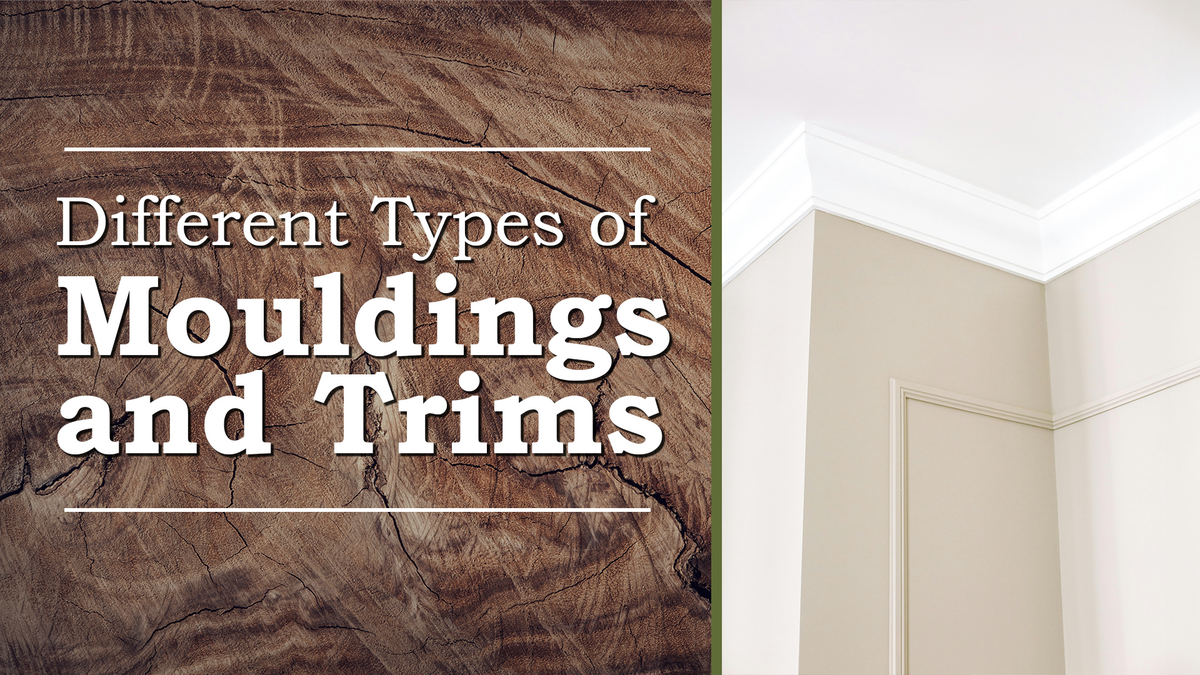
There are many ways to finish a room with little details to help make it unique. Add a touch of old fashion charm to any room through the use of mouldings and trims. These stylistic features help establish a room's theme and enhance its visual appeal. Trim and moulding are really the same thing, the only difference is that moulding describes more artful or elegant trim, while traditional trim tends to be plainer.
I particularly like trim and moulding because it was more common and artful in buildings when I was growing up. Without a doubt, it has become less popular in the last few decades, and today you would be hard-pressed to find a new home that features trim or moulding.
But just because it's out of style now doesn't mean it's not important. As is true with any aesthetic, what was once popular will someday be popular again. It's only a matter of time before trim and moulding comes roaring back into style, when that day comes, I'll be ready. In the meantime, there are dozens of different (now antique) types of mouldings and trims to discuss, admire, and restore.
In this post, I wanted to set aside some time to discuss mouldings and trims. There are many varieties to discuss from crown moulding to baseboard trim, and adding one of these theme-setting features to your restoration or building may be the finishing touch you've been looking for. Keep reading to learn more!
What are the Different Types of Trims and Mouldings
There are dozens of different types of trims and mouldings, and each adds a unique blend of style and elegance to a room. I personally love the character they add, and even in an otherwise bare room, trim and moulding makes four walls anything but plain.
Below I will discuss some of my favorite types of trim and moulding.
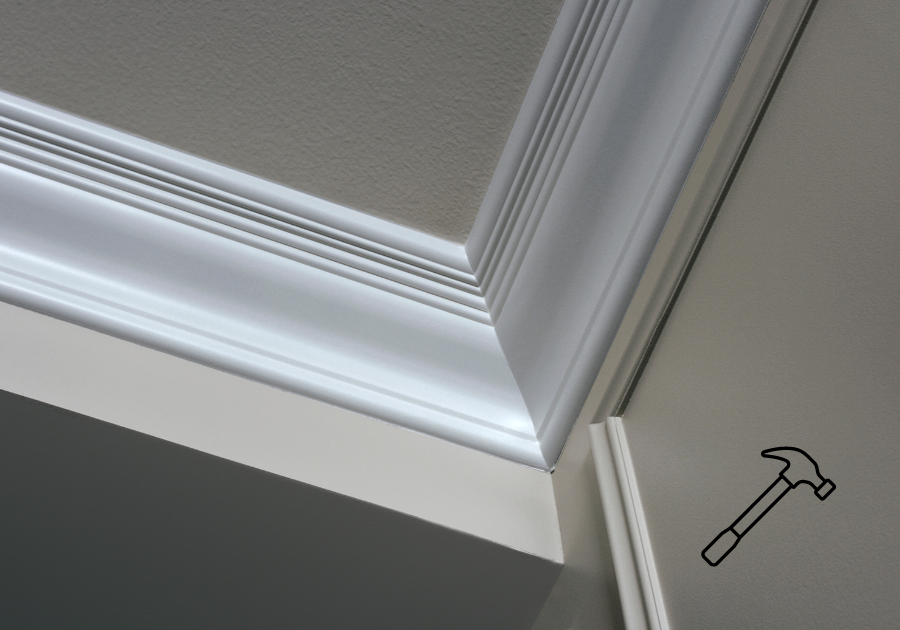
Crown Moulding
The all-time classic, crown moulding is implemented at the point where the wall meets the ceiling as is famous for its ornate detail and elegant, multi-faceted surface. Crown moulding can incorporate many different design elements, and it's likely the most popular decorative trim still used today.
There are three types of crown moulding that you should consider for your decorative purposes.
- Simple Crown Moulding: Basic design with minimal detail, ideal for modern spaces.
- Dentil Crown Moulding: Features a row of small, rectangular blocks (which are called dentils).
- Cove Crown Moulding: Rounded concave profile that adds a smooth transition between the wall and ceiling.
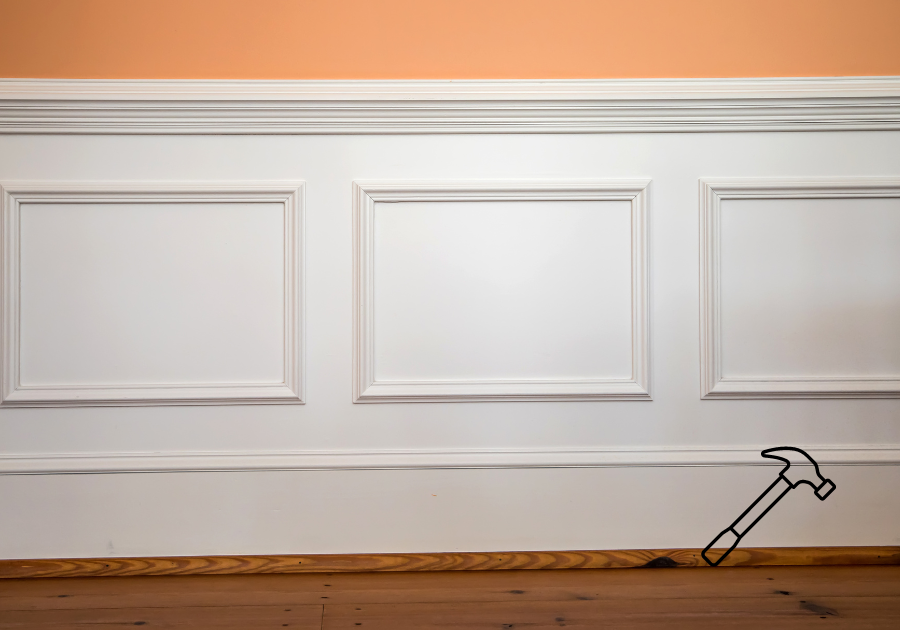
Chair Rails Trim
Probably the second most popular type of trim, chair rails are a horizontal moulding that is typically installed between the wall and floor. They are called chair rails because they supposedly protect the wall from scuffing via chairs. However, I like them because they add a subdued elegance to any room, but I must admit they do best in kitchens or dining rooms. Today they are typically used for decoration.
There are a few types of chair rail trim to consider.
- Flat Chair Rail: Simple and straightforward, suitable for modern interiors, a flat or curved board that runs the bottom of a given room.
- Beadboard Chair Rail: Combines chair rail with beadboard (a grooved, insulating paneling) for a classic look.
- Paneled Chair Rail: Adds dimension with recessed panels beneath the rail, it combines with panel for a more cohesive look.
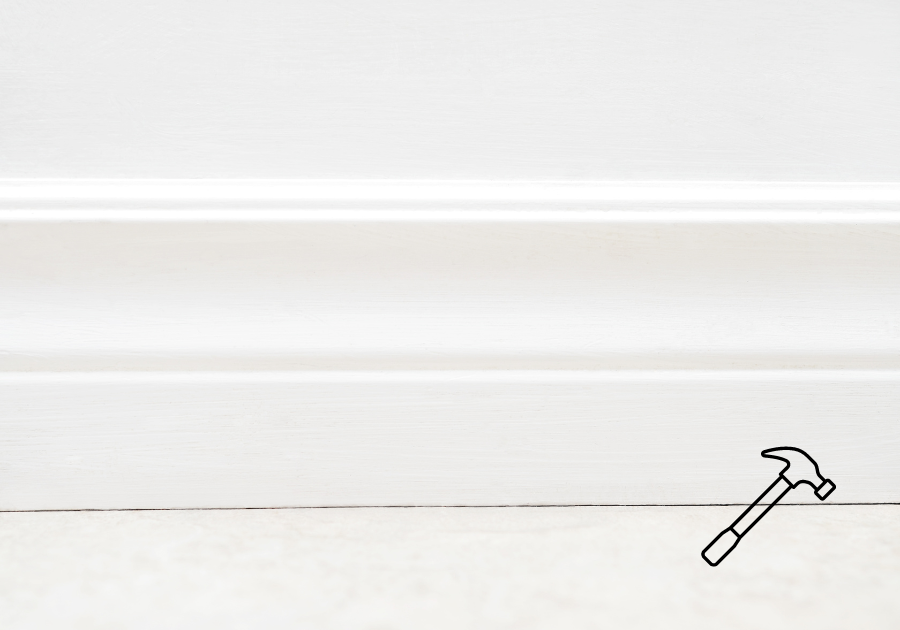
Cove Moulding
Moulding known for its distinctive concave shape, cove moulding creates a smooth transition between wall and ceiling. Cove moulding is perfect for those who want to add elegance without anything frills or excessive adornments.
There are two main varieties of cove moulding, one small and one large. They are appropriately named:
- Small Cove Moulding: Subtle, ideal for delicate transitions or rooms where the furniture and artistic elements will take a leading role.
- Large Cove Moulding: More pronounced, adding dramatic effects, and ideal if your other decorative elements are more subdued.
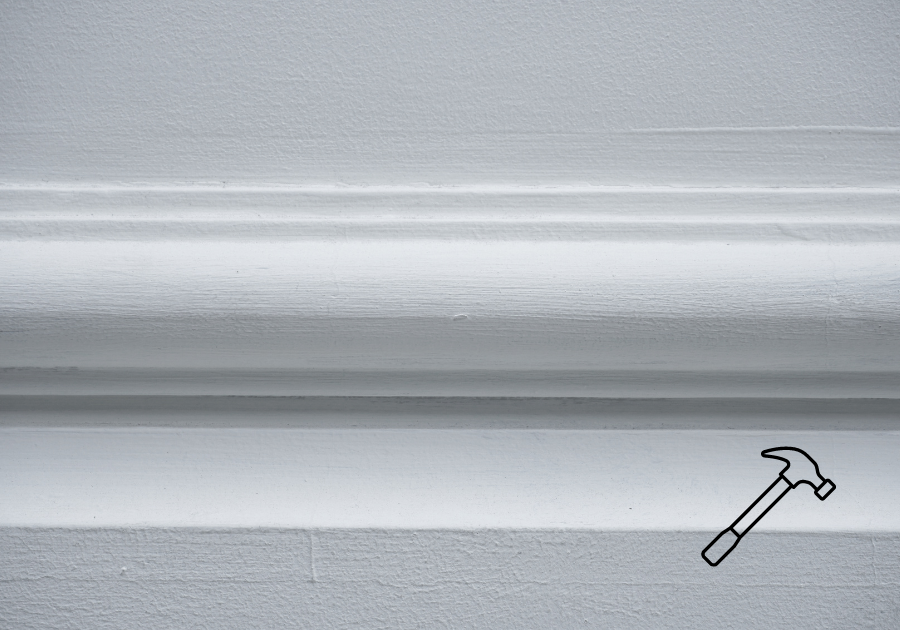
Quarter Round and Shoe Moulding
Quarter round and shoe trim are used at the bottom of a baseboard where the wall meets the floor to give your room a more finished look. Quarter round moulding has a very simple look, taking the shape of a quarter circle as is supposedly made to protect the wall from shoe scuffs (and thus is so-named shoe moulding), but today its use is as a simple decorative. Quarter round moulding and shoe moulding are very similar but there are a few slight differences.
Those differences are:
- Quarter Round: A quarter-circle profile that fits snugly in corners, and gives a smooth look that combats sharp corners.
- Shoe Moulding: Similar to quarter round but with a flatter profile. Made for those who want an understated look.
Trim and Moulding with Old School Craftsman for Your Next Project
Trim and moulding is a rare sight today in new homes. But that doesn't mean it has no place in your home. In fact, moulding and trim can be the perfect addition to finish off your latest renovation.
Add a little old world style and explore your sense of style when you add trim or moulding to your home.
Looking for something more ornate? Old School Craftsman can help! Click here to talk about how we can add trim or moulding that will make your home shine!
Follow us on Facebook, Instagram, and Pinterest for more discussion on historical homes and updates from our most recent projects.
Happy with the difference Old School Craftsman made on your home refurbishment? Leave us a five-star review here!
